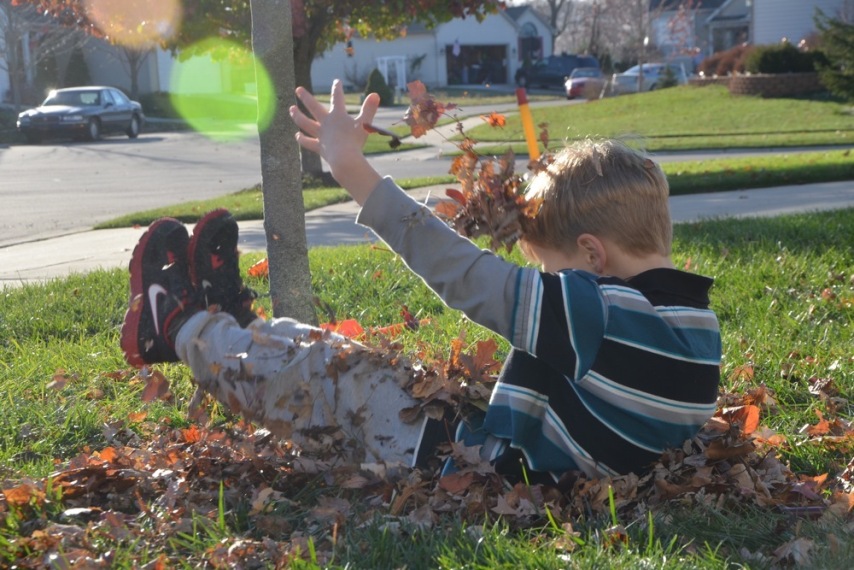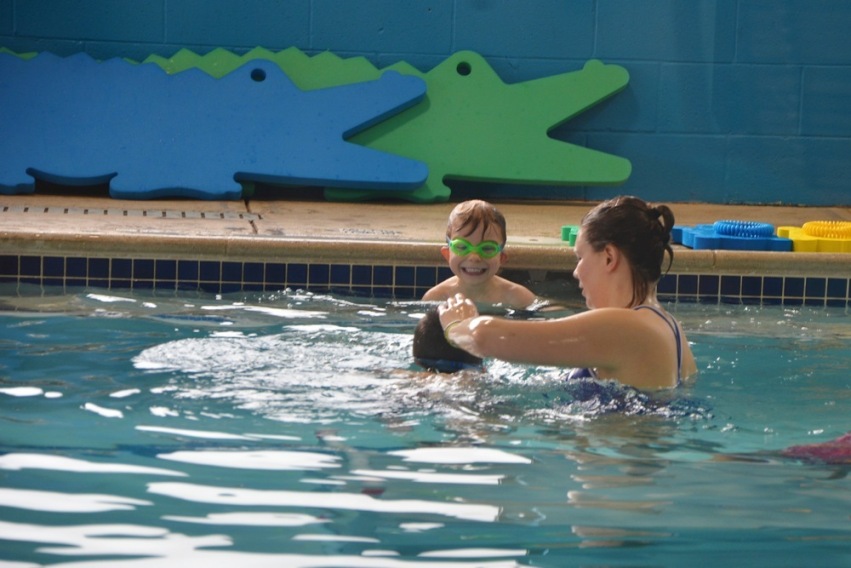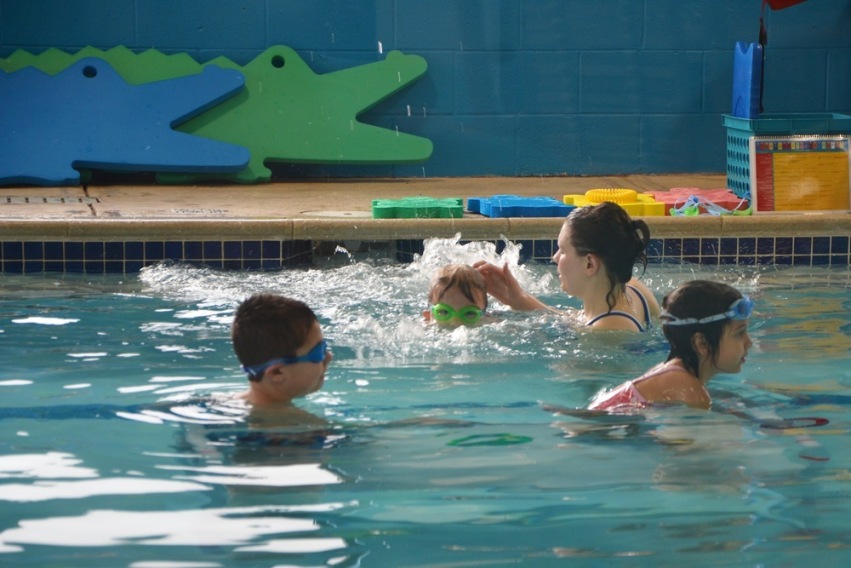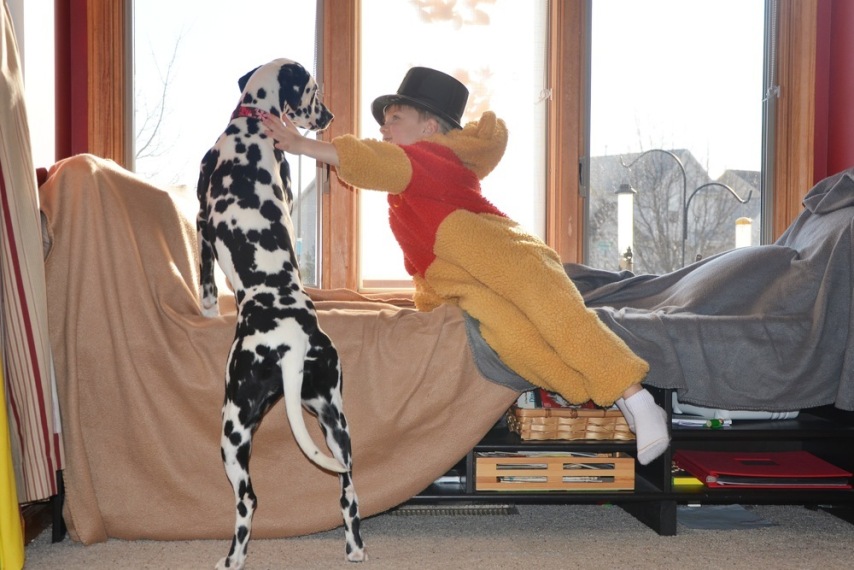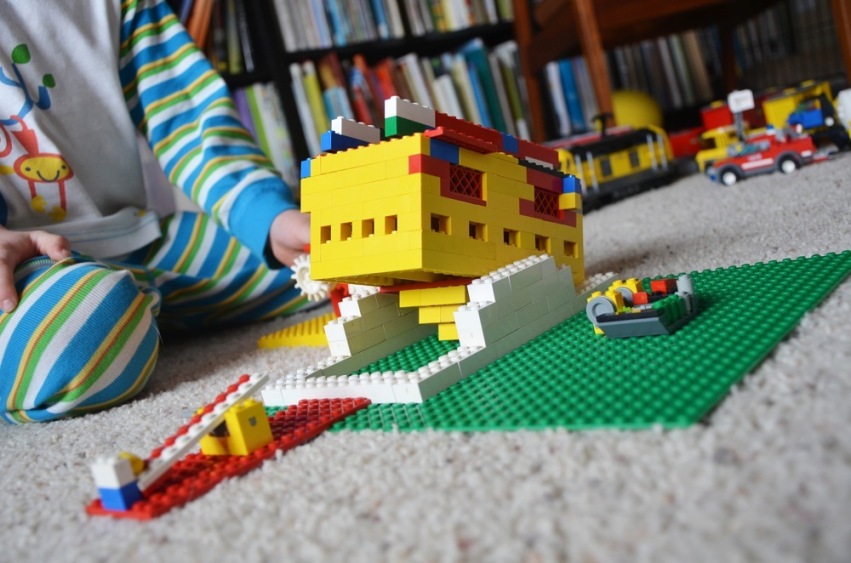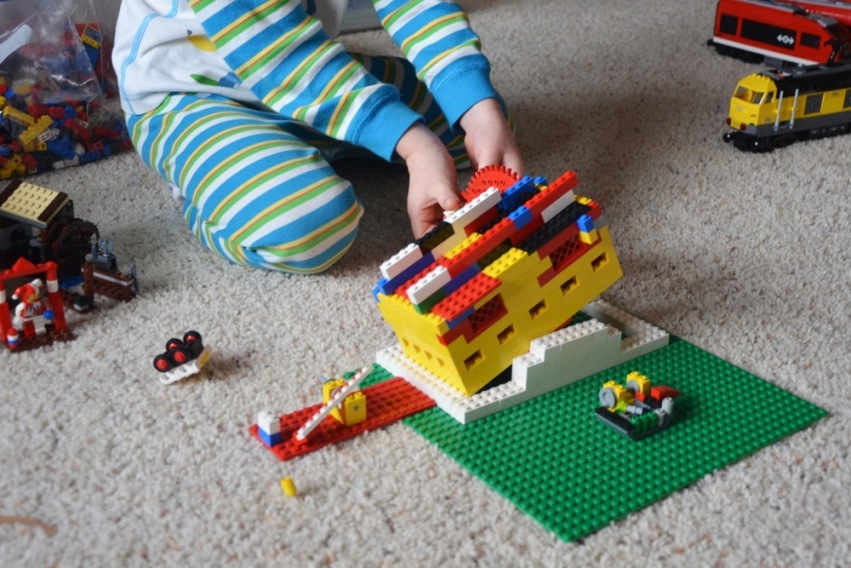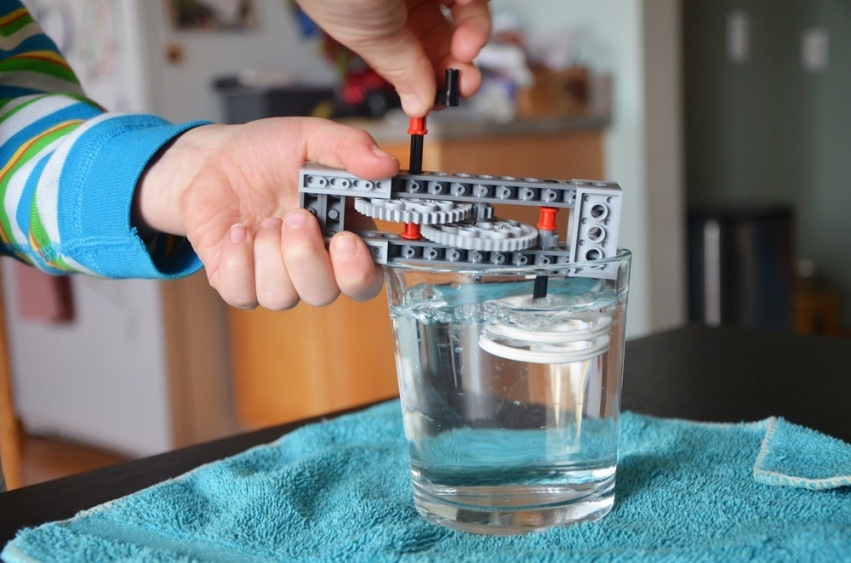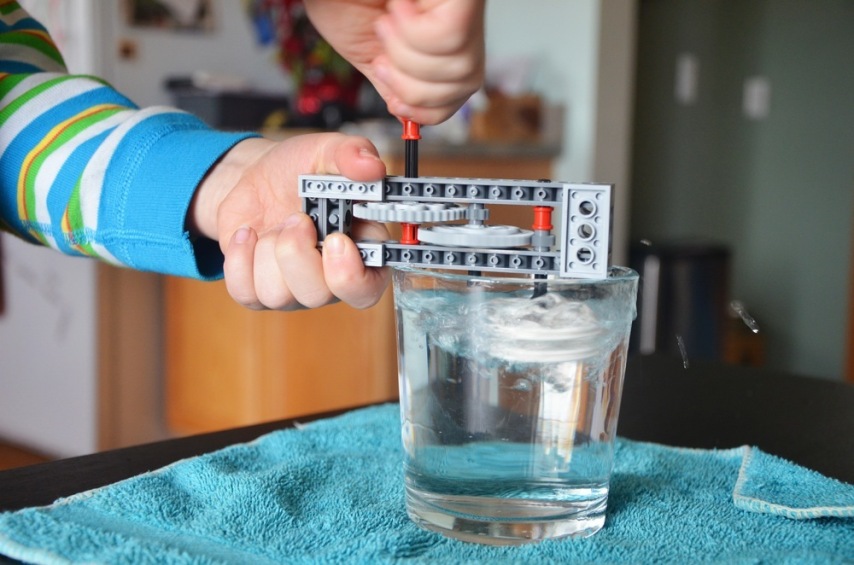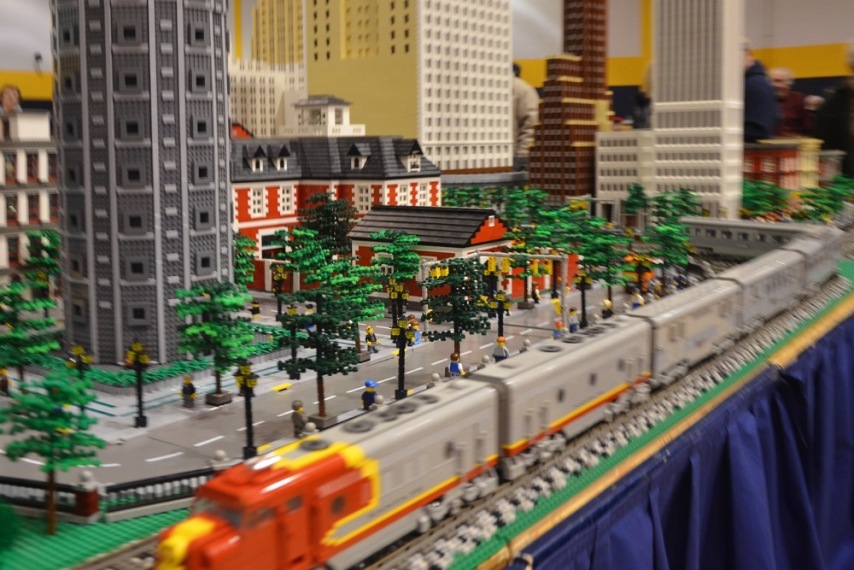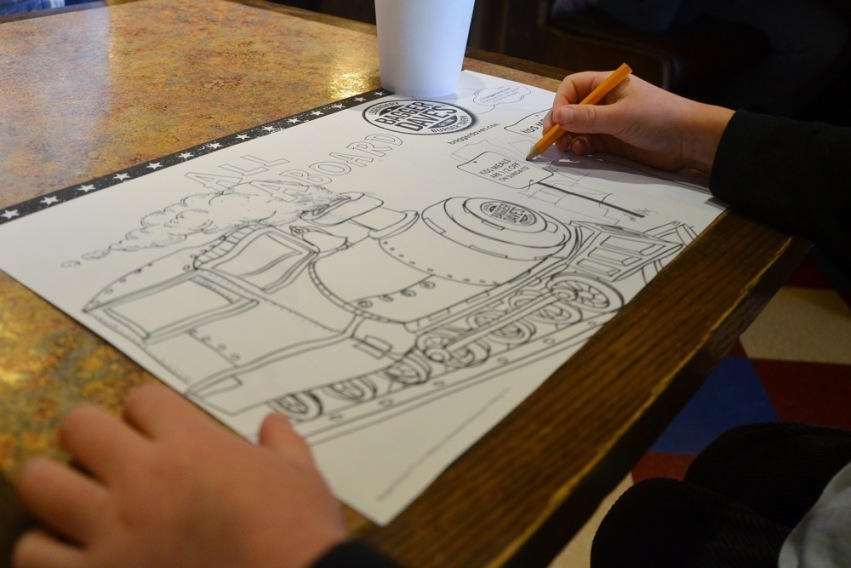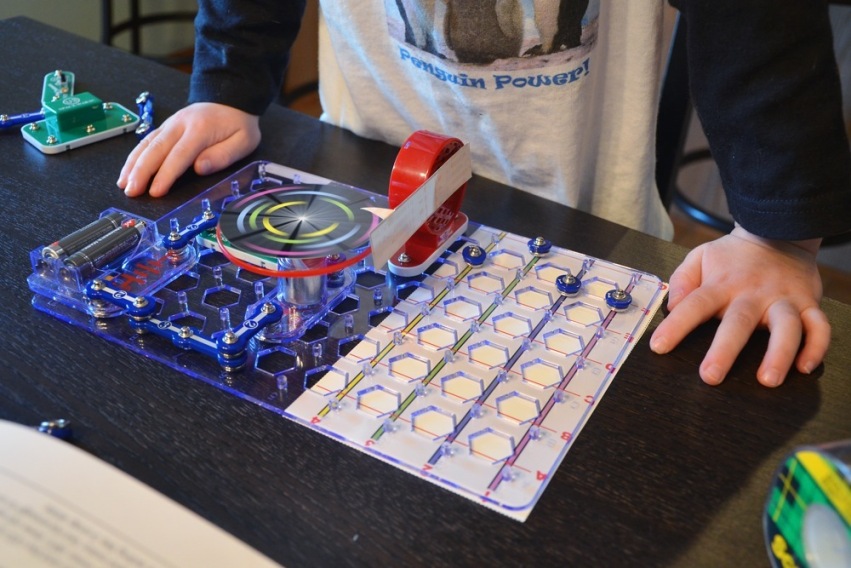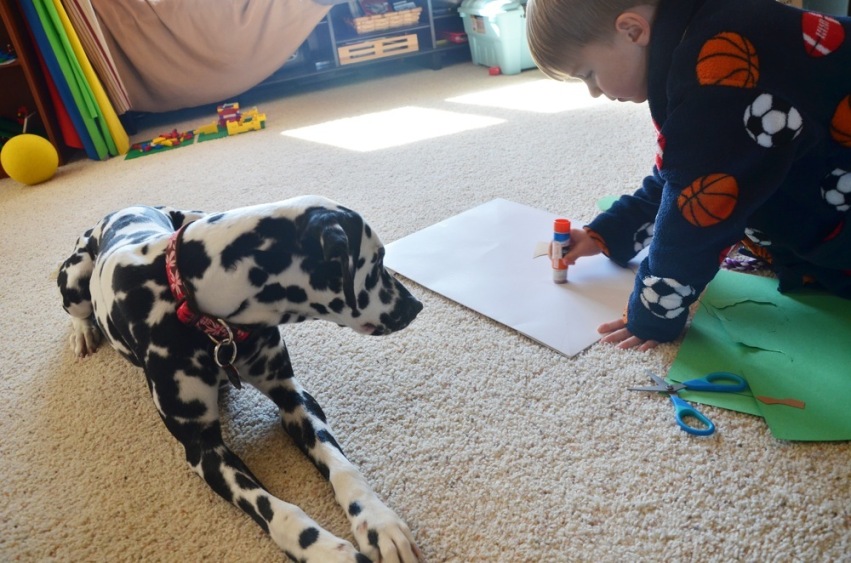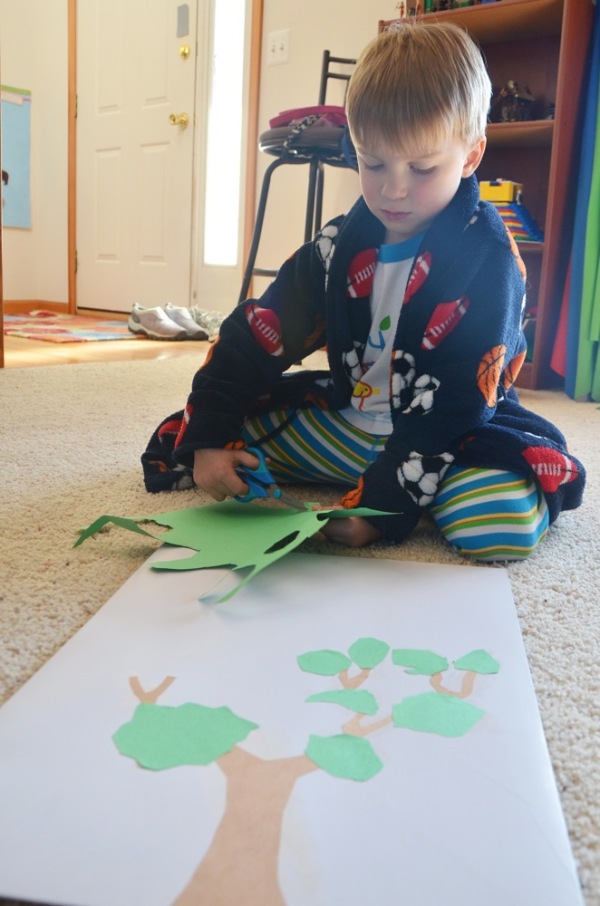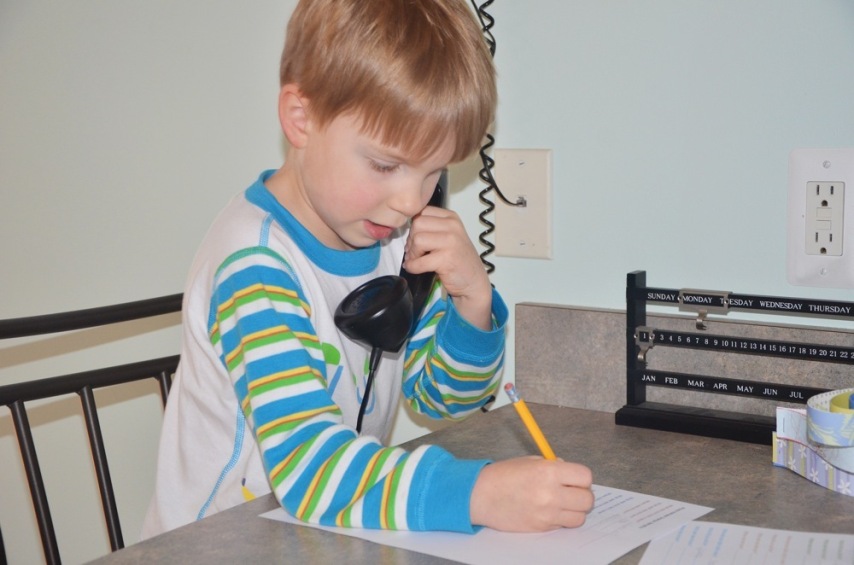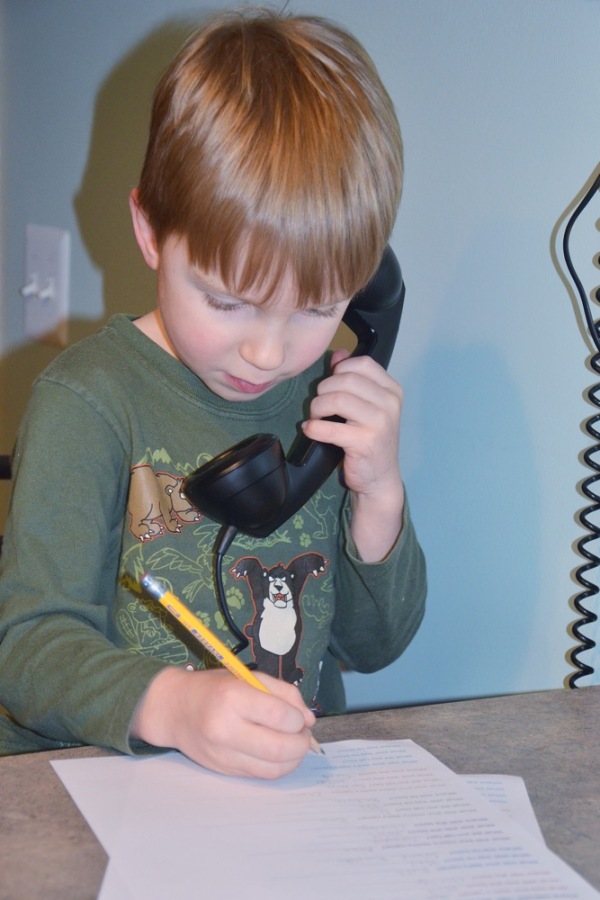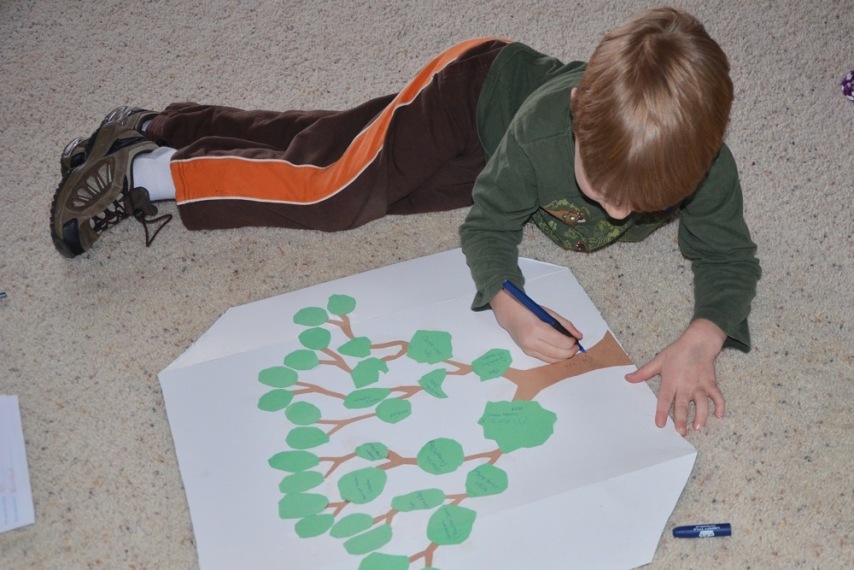still awake
Calvin had to stay up late on Sunday night so he could have a sleep deprivation study done on Monday morning. When I say late I mean that we didn't go to bed—any of us—until almost 1am, and when I say sleep deprivation I mean that we all got up four hours later. We probably should have done it in shifts (Jon and I), but there's something about having company to make those moments less exhausting that kept us both hanging on.
The rough thing about staying up late—really late—with a five year old isn't so much the being tired and the longing for your pillow, it's the having to entertain for five hours more than usual on top of being tired. We stretched the time with books, then Legos, and then popped popcorn and watched The Many Adventures of Winnie the Pooh. He was pretty bleary eyed when we finally tucked him into bed, and when I woke him up four hours later, he said "oh, is it morning already?" and I knew exactly what he meant.
After getting up at 5am we got home from the test at 9:30 and it felt like lunch time. We ate a second breakfast (how often does that get to happen?), we both practiced the piano, and then we relaxed with books for a while before putting on another Legacy video (this is where Netflix is really quite handy).
Then at lunch time it felt like dinner time. I think we were both beyond naps so we took Iris out for a walk to liven things up a bit. Back at home we changed into warm, comfy clothes, steeped tea, and planted ourselves in the sunshine on the den floor with some history books and art supplies per Calvin's request. We spent some time with a new book, Archaeology for Kids, but mainly we just drew and colored.
Then at dinner time it felt like bed time, and after a day like that it really was, so we ate, we read, and we fell into bed.
Did I mention that he spent the whole day dressed as Pooh?
This is the reason I have never been sorry that I gave in and bought the Pooh costume way back when.
Lego discovery Sunday
Chain reaction Legos (a Jon and Calvin creation): turn the crank, the wheel spins and activates a lever, which tips the box forward, which causes the car to roll forward and fall off, the car lands on a lever at the end, and a Lego piece is popped into the air.
The hand mixer (from the Lego Crazy Action Contraptions kit). Jon and I picked up this kit for a couple of dollars at the Borders closing sale last fall and have been holding onto for just the right day ever since. I think they finished four of the projects in the book, including a hand mixer, a "squeezeclaw grabber", a "no donkey donkey cart", and I don't really know what else, but I did notice that with each project they spent some time talking about how it could be better, and trying some of their own takes on it, and that's pretty much a dream come true.
Versatility. That's what I find so appealing about Legos.
 Legos
Legos Saturday
A late waking, a lazy breakfast, the beginning of a Rube Goldberg machine made with Legos. A walk with a rambunctious dog.
A stop in at the annual train show, of course (not as exciting as last year—there were fewer exhibits, more sellers).
Lunch at Bagger Daves because it has a model train set running around the room.
Another walk with our dancing spotty dog, and her cohorts as well this time.
A long piano lesson with dad, and a long afternoon spent with Snap Circuits (love that set).
More Legacy with BBC and Michael Wood during dinner, and quiet reading before bed.
 trains
trains Family tree and history
I was in search of videos on the Aztecs when I came across Legacy, a BBC television series about the great ancient civilizations hosted by Michael Wood. Bingo. Of course, it wasn't only about the Aztecs, and of course we wanted to see the whole thing, and thus in about fifty minutes the entire course of our current study changed. It was silly of me to think that starting at the very beginning of time in order to learn about American and United States history wouldn't also require learning about world history along the way, so we will be continuing from the nomadic hunter time period, about twenty thousand years after human migration into America, but instead of looking only at the nations of the Americas we will be looking everywhere. Simultaneous, holistic history. Plus there really is nothing more fascinating than ancient civilizations and the stories, myths, and inventions that came from them.
Looking at some of the resources I happened to have on hand, most recommended that we first learn about archeology and the study of history. Of course we've already been doing that, and Calvin's pretty comfortable with the concept of archeology, but we hadn't really talked yet about the fallibility of history, so we started today with the family tree. How does making a family highlight the fallible nature of history? Inadvertantly so. This was actually a really cool project that kind of grew and shaped itself over the day.
Calvin was all about making the tree. I figured we'd just cut some construction paper and glue together a tree starting with him and ending with his grandparents, but as he was gluing together said tree I was practicing the piano, and before I knew it the tree had grown to include five generations. We sat down and started naming the different people on the tree, but I couldn't go past Jon's grandparents on his side, and it became clear that a phone call would be necessary to finish the project. Calvin wanted to make the call himself, so we worked together to create interview sheets for each of the grandparents, and he used those to make the calls and get the information he needed. See how things take on a shape of their own?
And here's where it got especially interesting. My parents answered the interview questions from memory (because I'm the keeper of my family's genealogical records, but thought the phone call would be fun anyhow), while Jon's parents answered the questions from a written record they had on hand. Comparing Calvin's sheets following the phone interviews (my parent's was missing information) made clear the limitations of an oral tradition—sharing information kept in memory only—and we talked about the fallibility of information passed on from before the advent of common writing. In addition, after the phone interviews I pulled out my boxes of genealogy and unearthed birth and marriage certificates that we used to fill in the blanks on my parent's sheets, and to correct any information that had been related or recorded incorrectly—another point of comparison. It was a fascinating step in the project, and we spent an extra hour exploring the historic documents—both official, like certificates, and personal, like letters or articles—and antique pictures of which I am the keeper.
He finished his project by filling out the tree with names, birth dates and places, and family common names (i.e. he calls my mom "Gram", I called her mom "Grammie", and my mom called her mom's mom "Grandma", and so on)—a cconstruction paper study of our history which he aptly titled "tree of life".
And our study ever changing study of history is on its way again.
This post linked to Ordinary Life Magic's Saturday's Artist (one of my favorite mama blogs)
 Iris,
Iris,  arts & crafts,
arts & crafts,  family,
family,  history
history 